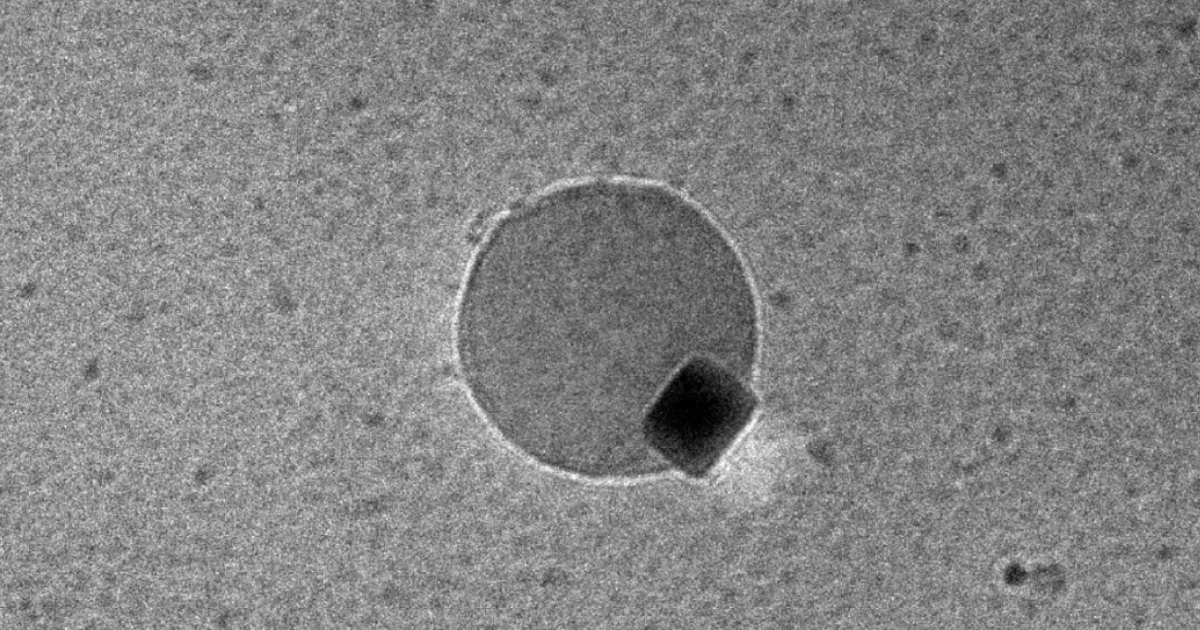
Just about everyone knows that water is H2O, meaning two hydrogen atoms and one oxygen atom. What might surprise people is that scientists have never before been able to actually watch hydrogen and oxygen merge to become water. Until now.
Researchers from Northwestern University, Illinois came up with a new way to view and record gas molecules in real time, which can be used to analyze them.
This method has the scientists trapping gas molecules within nanoreactors using glassy membranes. They can then view the area using a high-vacuum transmission electron microscope.
It is very complex and requires highly specialized equipment, but the fact is that it works. The researchers used this technique to watch the palladium, a rare metal, generate water from hydrogen and oxygen. It has long been known that palladium is able to rapidly generate water in this way, but nobody had ever seen it done, so the process was not well understood.
In a statement, the study’s first author, Yukun Liu, said:
“It’s a known phenomenon, but it was never fully understood. Because you really need to be able to combine the direct visualization of water generation and the structure analysis at the atomic scale in order to figure out what’s happening with the reaction and how to optimize it.”
Optimizing the process is where the real benefits will be seen. There are many reasons why people would want to be able to efficiently make water. One of the most obvious is for space travel. Being able to create water from hydrogen and oxygen gasses, along with some palladium, would make it much easier for humans to stay in space for longer periods of time.
Being able to see what is happening will allow the scientists to perform better experiments so that they can optimize the process significantly. In the statement, senior author Vinayak Dravid said:
“By directly visualizing nanoscale water generation, we were able to identify the optimal conditions for rapid water generation under ambient conditions. These findings have significant implications for practical applications, such as enabling rapid water generation in deep space environments using gases and metal catalysts, without requiring extreme reaction conditions.”
The team has already been able to determine that the sequence in which hydrogen and oxygen are introduced will have a significant impact on the rate at which palladium can produce the water.
The video of this process can be seen here:
This seems like a major breakthrough.
If you thought that was interesting, you might like to read about a second giant hole has opened up on the sun’s surface. Here’s what it means.